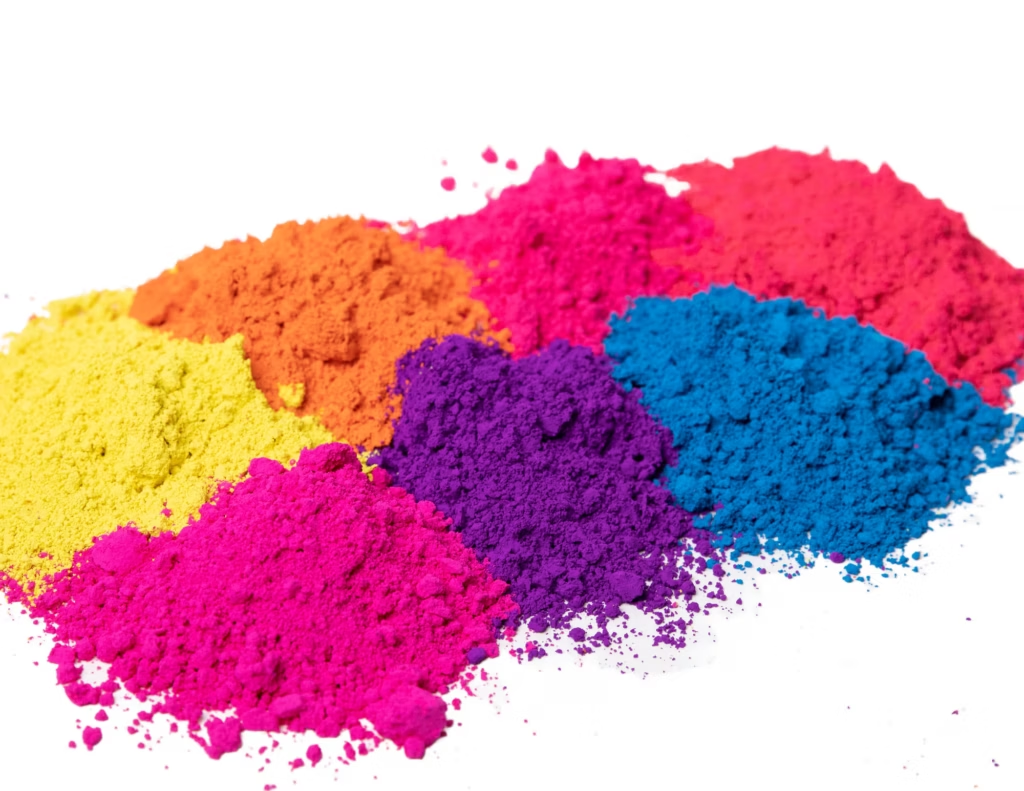A pigment is a powder used to add color or change visual appearance. Pigments are completely or nearly insoluble and chemically unreactive in water or another medium; in contrast, dyes are colored substances which are soluble or go into solution at some stage in their use. Dyes are often organic compounds whereas pigments are often inorganic. Pigments of prehistoric and historic value include ochre, charcoal, and lapis lazuli. Pigments are insoluble and are applied not as solutions but as finely ground solid particles mixed with a liquid. In general, the same pigments are employed in oil- and water-based paints, printing inks, and plastics. Pigments may be organic (i.e., contain carbon) or inorganic. The majority of inorganic pigments are brighter and last longer than organic ones. Organic pigments made from natural sources have been used for centuries, but most pigments used today are either inorganic or synthetic organic ones. Synthetic organic pigments are derived from coal tars and other petrochemicals. Inorganic pigments are made by relatively simple chemical reactions—notably oxidation—or are found naturally as earths. When comparing the two classes inorganics are generally more opaque and non-migratory. They exhibit very good heat stability and light fastness properties. Organics show considerably more tinting strength, often coupled with higher price per kg. They are generally brighter in reduction (but not always in full shade) than inorganics. They are generally poorer in heat and light fastness and being slightly soluble have a tendency to migrate.

